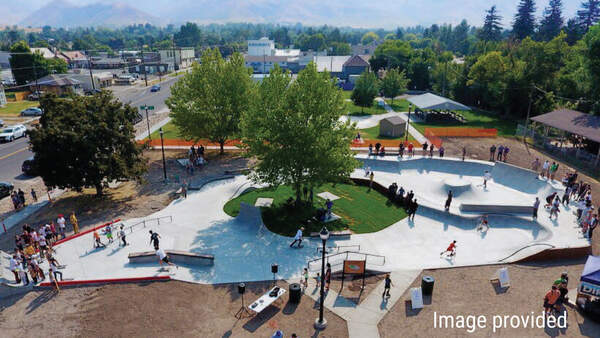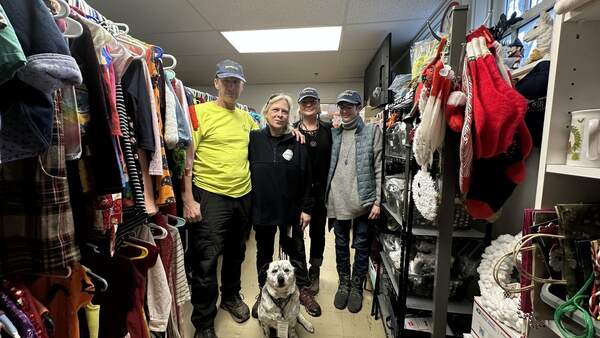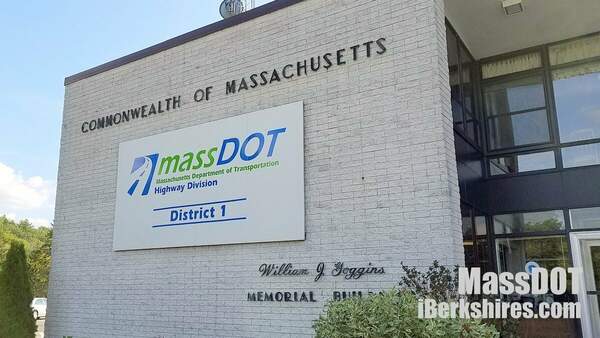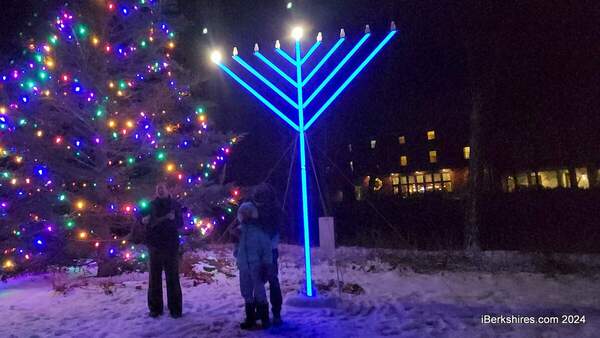North Adams Emergency Room May Close
 North Adams Regional Hospital closed this morning but supporters had hoped to keep the ER open. North Adams Regional Hospital closed this morning but supporters had hoped to keep the ER open. |
Update at 1:57 p.m.: The status of the ER is still unknown. The AG's has told the Massachusetts Nurses Association that the temporary restraining order will be lifted this afternoon. iBerkshires is at Superior Court and being told the TRO will be revised.
There was also a question of whether the hospital's malpractice insurance would continue; MNA says they have confirmation from the Department of Public Health that it will.
Union members continue to occupy the dining room in the now closed cafeteria.
NORTH ADAMS, Mass. — Union officials are saying the hard-won restraining order to keep the Emergency Department open at North Adams Regional Hospital will be lifted within the hour.
Attorney General Martha Coakley stepped in Thursday with the Department of Public Health to obtain a restraining order preventing the Emergency Department from closing until an injunction hearing next week.
However, it appears the support services required to keep the emergency room open can't happen.
State Sen. Benjamin B. Downing and Rep. Gailanne Cariddi have been beating the bushes on Beacon Hill to find a solution to the closure. They told attendees at this morning's legislative breakfast for Berkshire County Arc that the process continues.
"That place will not have its doors locked," said Cariddi, who believed that nine departments would be affected by the Emergency Department being forced to stay open. "There's a lot of moving parts.
"Everyone's looking for the same solution."
Any legislative solution will require some kind of funding — the hospital has only about $140,000 left after fulfilling its obligations to employees.
"Cross your fingers," Downing said. "They need a hospital and we're going to do everything we can to make sure they have one."
Union members attempted to storm the office of President and CEO Timothy Jones once word filtered out about the ER closing shortly after noon. A large police presence was on the hospital grounds, including North Adams and Adams police officers and deputies from the sheriff's office.
There had been high hopes that at least keeping the emergency medical services open would aid in efforts to reopen more services at the beleaguered hospital.
Cindy Bird, local rep for 1199SEIU, called the restraining order a "glimmer of hope."
"I'm waiting for the 'Hail Mary' pass and to get it fixed," she said. "We can't not have this hospital."
Union officials said a meeting will be held Friday night at 5 at the American Legion Hall to regroup and reconsider options. They were occupying the hospital by maintaining a presence in the main dining room.
Health-care workers and supporters paused for a moment of silence at 10 a.m. earlier to mark the official closing of the hospital.
The gray skies and chilling rain accompanied the hundreds gathered at the front entrance to bemoan the fate a beloved institution.
"I feel like I've been to 500 f--- funerals," said one woman in the crowd.
But even as the last patients were escorted out with tears, the unions at Northern Berkshire Healthcare were urging the community to keep the pressure on elected officials in Boston to do what they could to save the medical services critical to the rural region.
At the hospital Friday morning, community and union members of 1199SEIU and the Massachusetts Nurses Association chanted "Save Our Hospital" and made multiple calls to Gov. Deval Patrick's office, often holding up cell phones so the chants could be heard.
"I'm here because the effect of losing not only over 500 jobs, but of losing a hospital, has a ripple effect that's unreal in our community," said Jeanne Mathews, pointing to the loss of backup for oral surgeons and health-care programs in the schools. "The trickle down, I don't know if people will really fathom until it happens."
Her friend, a public school teacher who did not want to be identified, called it another "nail in the coffin" for the impoverished city. "It started in the '80s and it just isn't stopping."
Tags: NARH, NBH, Northern Berkshire Healthcare,




















